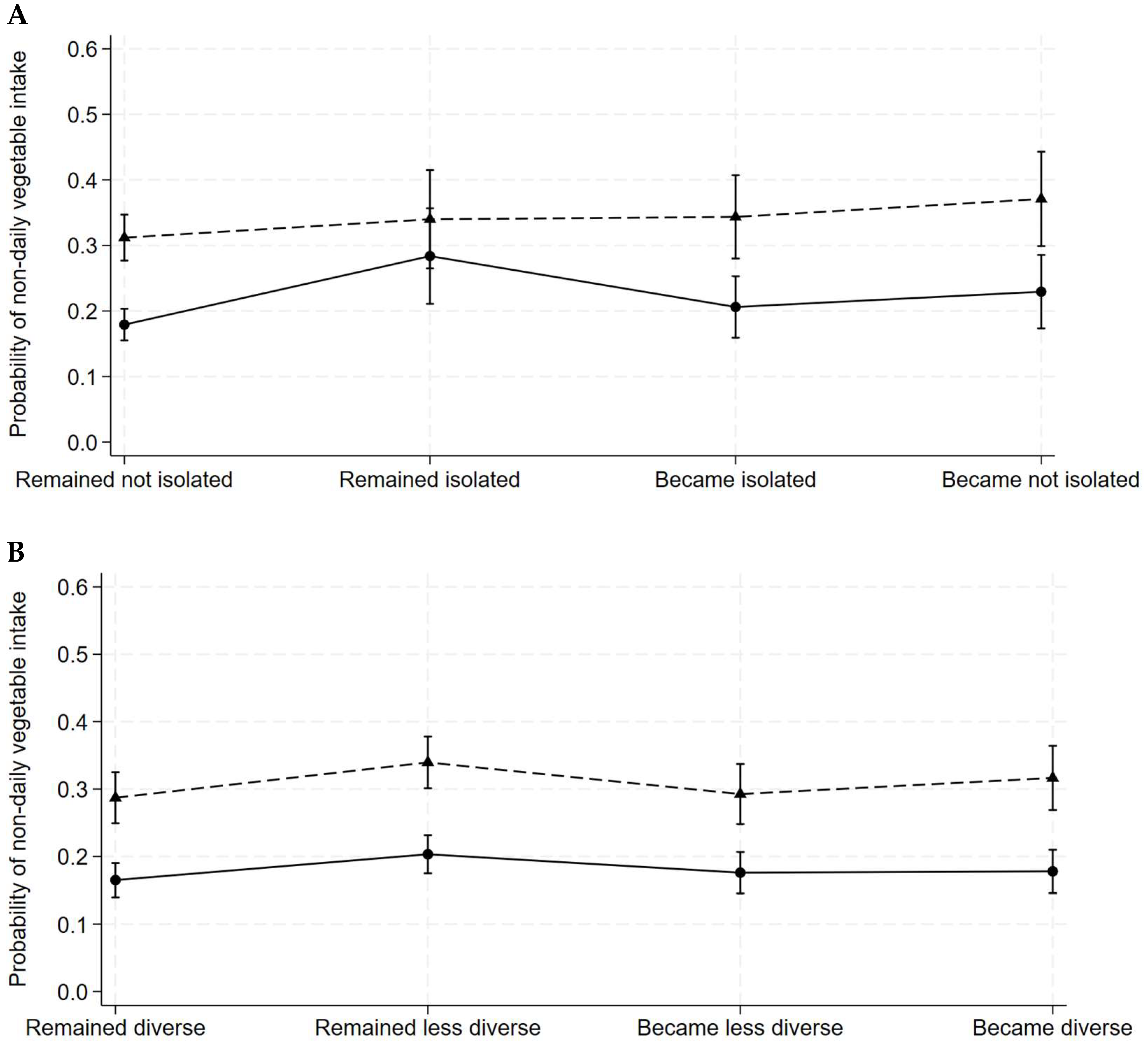2025-04-11 カリフォルニア工科大学(Caltech)
<関連情報>
- https://www.caltech.edu/about/news/on-the-same-wavelength-neural-fingerprints-indicate-deep-focus-flow-states-in-teams
- https://www.nature.com/articles/s41598-025-95916-9
二者間社会的相互作用を解読するための階層的特性および状態モデル A hierarchical trait and state model for decoding dyadic social interactions
Qianying Wu,Shigeki Nakauchi,Mohammad Shehata & Shinsuke Shimojo
Scientific Reports Published:03 April 2025
DOI:https://doi.org/10.1038/s41598-025-95916-9

Abstract
Traits are patterns of brain signals and behaviors that are stable over time but differ across individuals, whereas states are phasic patterns that vary over time, are influenced by the environment, yet oscillate around the traits. The quality of a social interaction depends on the traits and states of the interacting agents. However, it remains unclear how to decipher both traits and states from the same set of brain signals. To explore the hidden neural traits and states in relation to the behavioral ones during social interactions, we developed a pipeline to extract latent dimensions of the brain from electroencephalogram (EEG) data collected during a team flow task. Our pipeline involved two stages of dimensionality reduction: non-negative matrix factorization (NMF), followed by linear discriminant analysis (LDA). This pipeline resulted in an interpretable, seven-dimensional EEG latent space that revealed a trait to state (trait-state) hierarchical structure, with macro-segregation capturing neural traits and micro-segregation capturing neural states. Out of the seven latent dimensions, we found three that significantly contributed to variations across individuals and task states. Using representational similarity analysis, we mapped the EEG latent space to a skill-cognition space, establishing a connection between hidden neural signatures and social interaction behaviors. Our method demonstrates the feasibility of representing both traits and states within a single model that correlates with changes in social behavior.


